|
|
The current range of books. Click the image above to see them on Amazon (printed and Kindle format). More info on coinpublications.com |
|
|
-
Content Count
7,620 -
Joined
-
Last visited
-
Days Won
92
Posts posted by Coinery
-
-
-
-
21 minutes ago, 1949threepence said:Forget "superb toning, let's have "excellent cabinet friction"

You could be on to something here 🤣🤣
-
 1
1
-
-
11 hours ago, TomGoodheart said:I think the attached shows what you could call cabinet friction. The edge where it protrudes from the rest of the design. Of course, it's just wear. And I suspect the term is used less frequently these days. Probably more significant on milled coinage as that was supposedly more 'perfect' to start with. I'd call it 'light wear to high points' myself. And more likely on coins that have been in dealers' drawers for some time where there's been regular opening and closing (this coin ex Michael Sharp and probably Baldwins) than us collectors who probably don't access our collections every day.
You could even argue in this case that cabinet friction can actually lift the value and eye-appeal of certain coins, where the design is nicely and artistically picked out by contact with a surface…where the tone has been partially removed to highlight the detail like a well-executed brass rubbing.
-
 1
1
-
-
I’ve always held it to mean the minimal removal of tone from the highest points of the design, spoiling what might otherwise be an immaculately toned coin. Nothing that you could call wear, but definitely a less pleasing coin on account of it.
-
-
-
1 hour ago, jelida said:Well they have agreed to pull it now, having been shown this thread. Polite reply, but no further explanation. My correspondence was with their London office - 'incorporating Seaby Coins', but the auction and I presume cataloguing is in the USA - though I agree it should be obvious, unless of course they have the original from which the fakes were copied....nah!. 😁
Jerry
They never even bothered to respond to my email, I sent 2 other examples too.
I’ve just taken a look on their app., they’re certainly in no rush to pull it, it’s still ticking away.
-
-
6 hours ago, Sword said:It was "sold" but relisted. Then it is "sold" ...
And it sold for even more the second time!
An unbelievable £116
-
10 hours ago, DrLarry said:OK so you were advising me to talk to someone on the forum thank you for the context.
I didn’t think it too much of a presumption to assume you knew who I was talking about; you’ve been a member for over 6 years.
It’s a relatively well known fact that Rob has a large library and sells books. I mistakenly expected you to have stumbled across that with a 700+ post count. Always a pleasure to help. -
Have you checked with Rob?
-
-
On 5/30/2022 at 2:42 PM, blakeyboy said:Brilliant! Can’t get enough of him

-
 1
1
-
-
Here’s an example in the bottom right of one coin that didn’t correlate with the template. It has larger rings on the ‘chains’ too. BCW state there’s only one portcullis punch, meaning either they are wrong or the ‘no mark’ coin is suspect? OR they refreshed the bolts as the punch broke up and started to spread?
-
4 hours ago, Rob said:Yes, but the portcullis is double struck (at least). Use the translated strike and it is in the right place. The question is which bit refers to which impression - which is why I said 'I think'
Ah, yes, I see what you mean!
I found a template I made up for the portcullises whilst looking out your coin. Very useful for spotting some of the counterfeits.
-
 1
1
-
-
Just had another look at your one, the anchor is set further right on yours!
-
9 hours ago, Rob said:That's all right.

I think this is the same obverse die as the Cypher over Anchor I got from you. Different reverse though.

I notice the cypher over anchor is still the only overmark missing in the halfpenny section of BCW’s 2021 memorial update. Amazing that they’d never come across one…hens’ teeth and all that!
-
I ended up in balance of all things thinking this was wrong and left well alone. There was a time I would’ve bought it, simply to find out…but not any more.
-
-
Some really nice coins in there!
-
 1
1
-
-
3 hours ago, blakeyboy said:The shadow sharpness is a function of the distance from the light source and the angular size of the light source.
A very small light source will cast as sharp a shadow as bright sunlight.....it doesn't have to be bright at all....
That shadow is the shape I expect, and the fact that it is the same when the coin is either way up shows me the coin isn't bent either....
The shadow's thickness would only be a concern if this coin is usually thin.
Yes, these coins are usually paper thin. A thick coin would not be good.
-
1 hour ago, Paulus said:My vote is thick
Yes, I’m thinking to cast such a sharp shadow (if it is) that the lighting would have to be really bright, and it doesn’t look to be, when taking the exposure of the coin’s surfaces into account?
-
 Coinpublications.com
Coinpublications.com

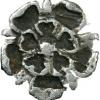
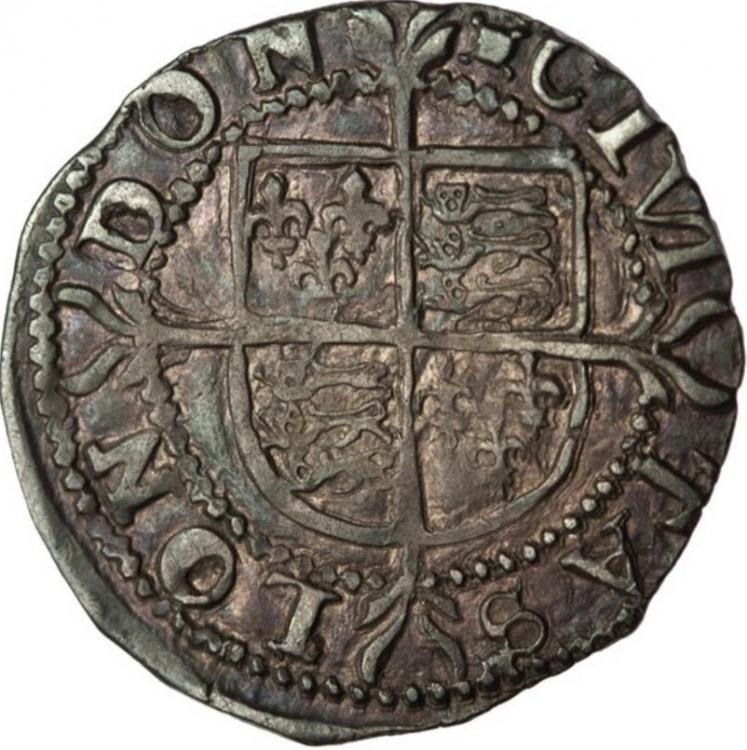
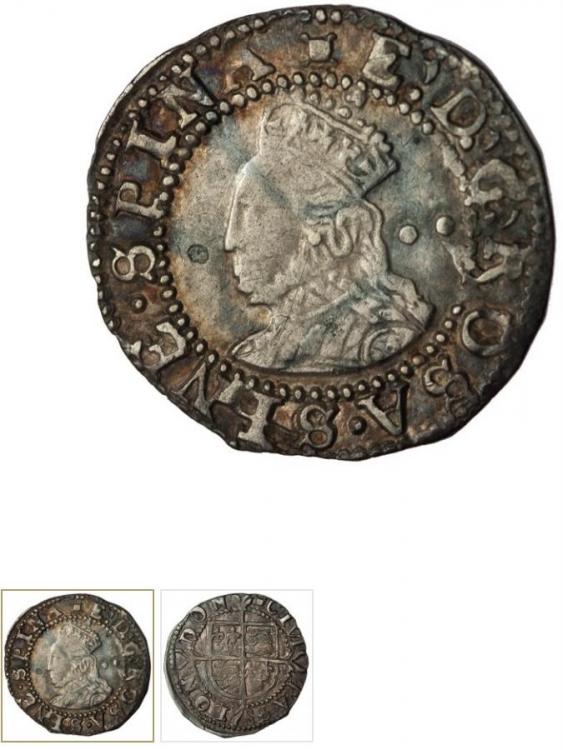



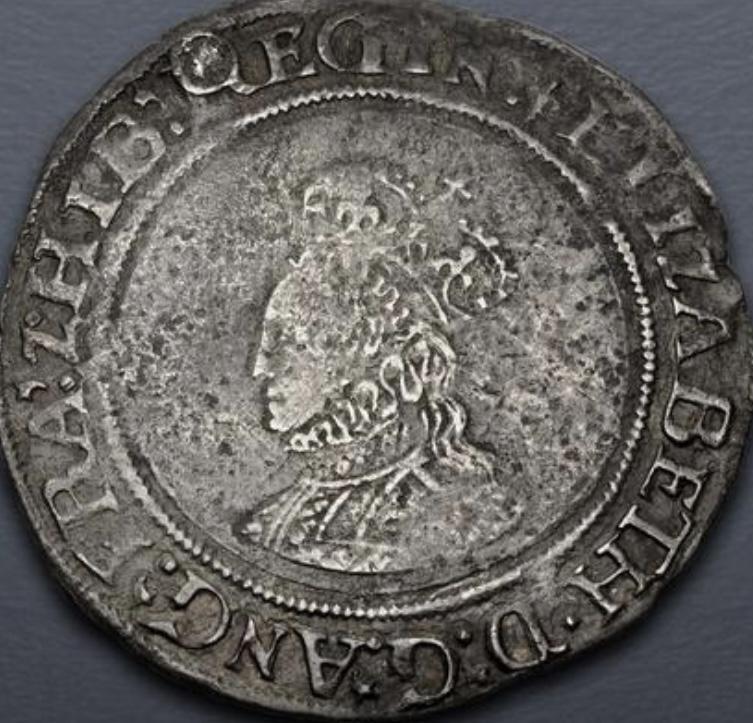
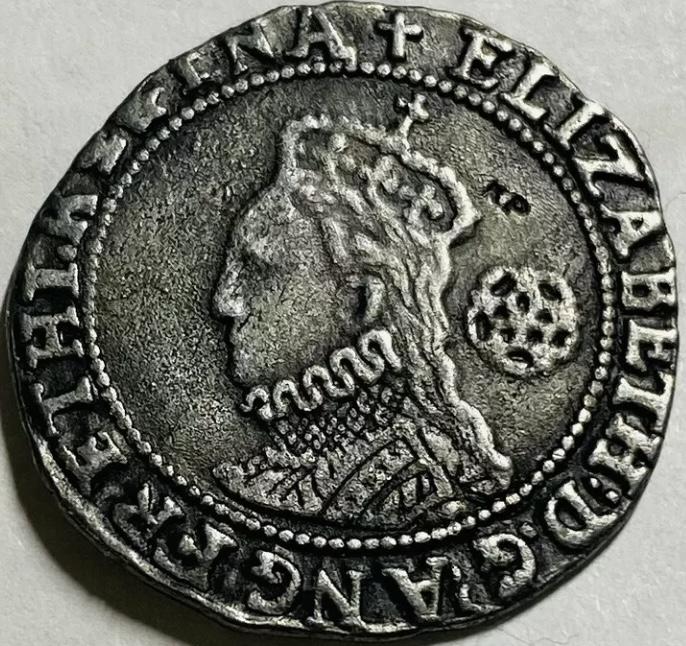
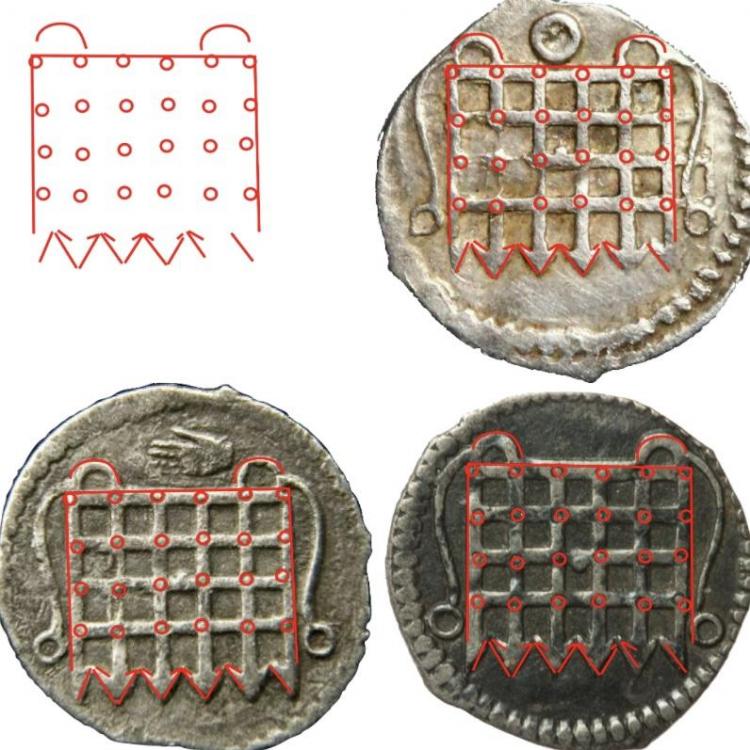
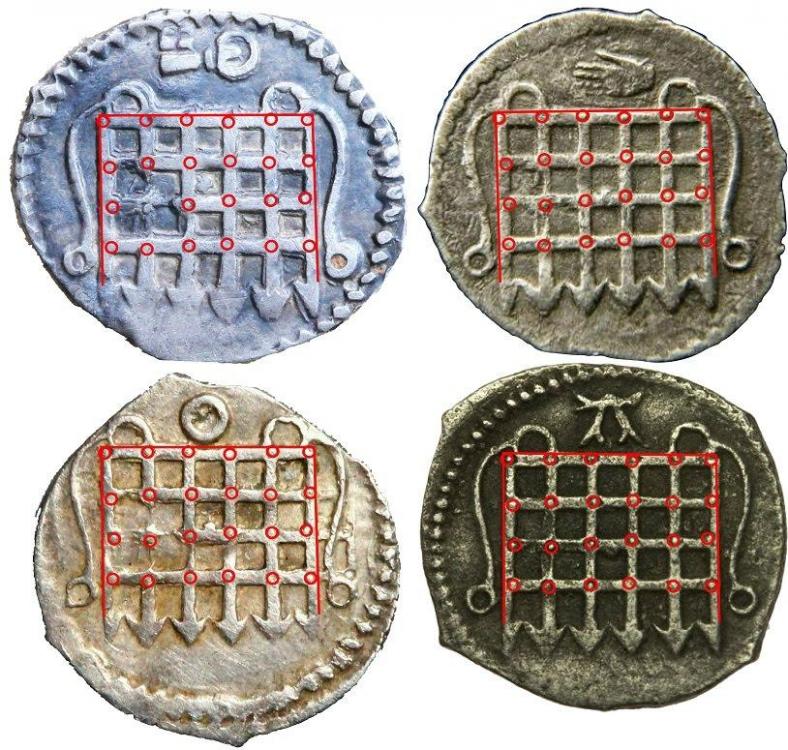
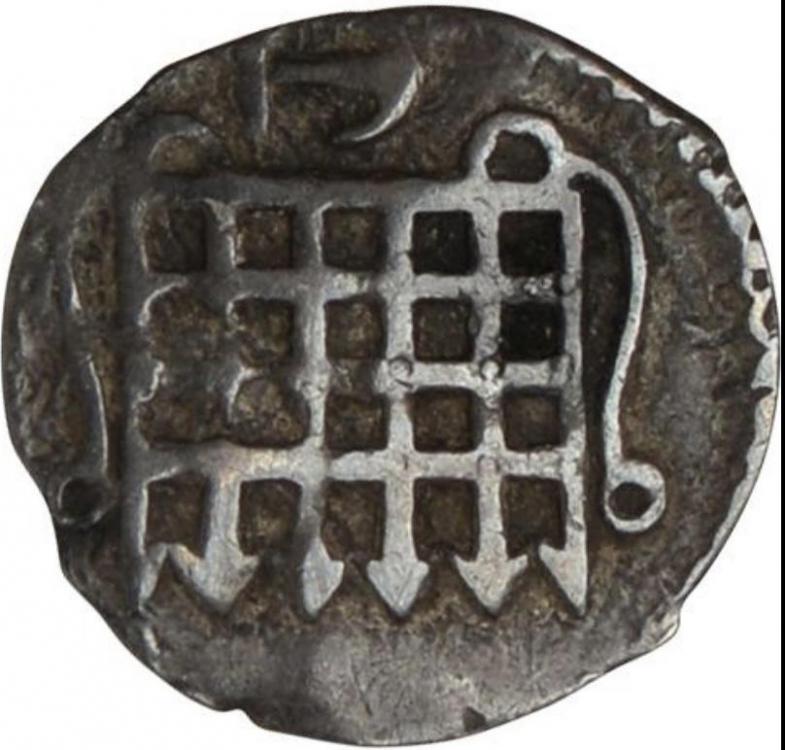
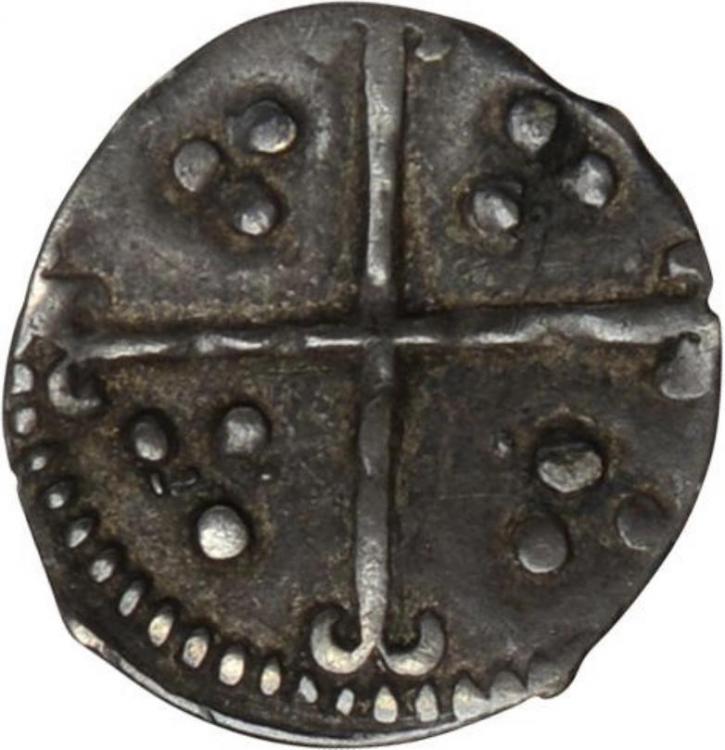
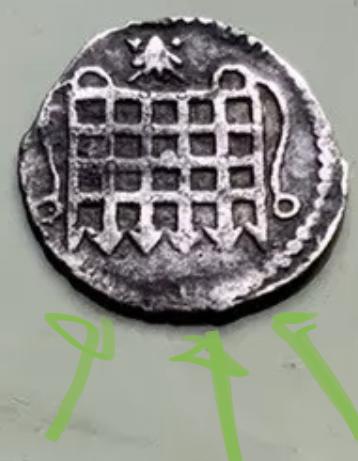
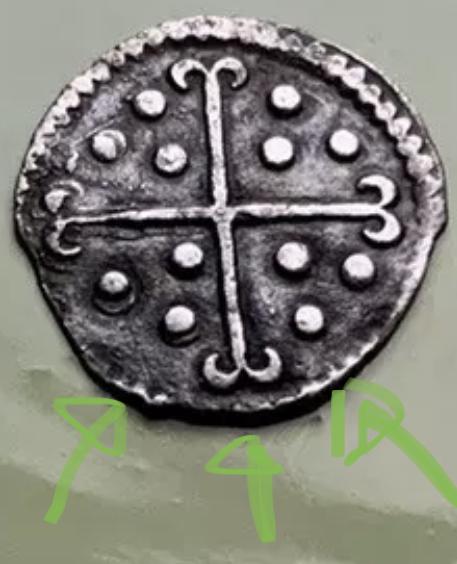
LCA catalogue now online
in British Coin Related Discussions & Enquiries
Posted
Wow, with just on exception, the half crown, all the Elizabeth hammered is eBay fodder!